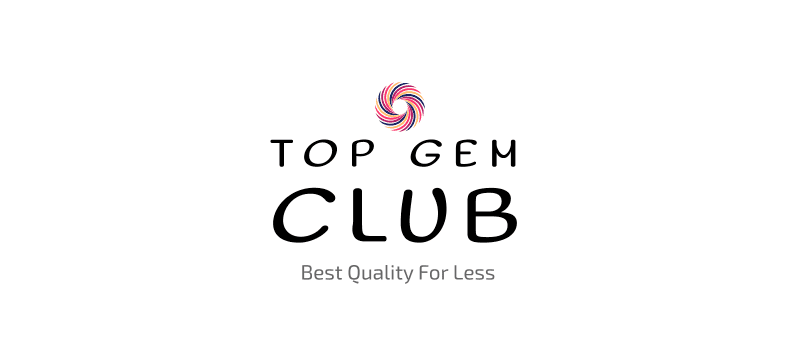
Ecommerce Sales Spike to Record

Posted on October 11th, 2022.
The retail sales data, reported today by the Census Bureau, are based on surveys of about 5,500 retail businesses across the US, what they said their sales were. The measure is designed to track how well retailers are doing by retailer category, and we’ll get into those categories in a moment.
Another measure tracks spending by consumers, based on surveys of consumers. It’s reported separately and comes in an inflation-adjusted version. But not today (here’s June’s “Real” Consumer Spending).
Retail sales track sales of goods, not of services, and make up only a portion of what consumers spend their money on – and about two-thirds of consumer spending is for services, and spending has shifted back to services all year.
These are important distinctions between retail sales and consumer spending. I bring this up here because it always percolates through our illustrious comment section below the article.
Retail sales data is designed to look at the health of retailers by retailer category, not the health of consumers, though we can draw some inferences from those retail sales about consumers.
Inflation at retailers = price increases. But where?
CPI inflation in July was 8.5% compared to July last year. Compared to June, CPI was flat. But this varied widely by product category. The CPI for services is spiking relentlessly but doesn’t figure into retail sales because retailers sell goods.
The CPI for gasoline: -7.7% in July from June; if gas stations sold the same volume in terms of gallons in July as in June, their retail sales of gasoline in dollars would have plunged by 7.7% from June. But they didn’t – they dropped by only 1.8%, as we’ll see in a moment.
The CPI for “food at home”: +1.3% in July from June. Which means, if consumers bought the same amount of food and didn’t shift to cheaper products, sales at grocery stores might increase by 1.3% for the month. But they didn’t. They ticked up only 0.2%, as we’ll see in a moment.
The CPI for durable goods: +0.3% in July from June and, after a decline in prior months, was flat with February. The spike in durable goods prices occurred in 2021 and has now largely settled down as inflation has shifted to services. Retailers that are selling durable goods (not food and gasoline) had relatively fewer and smaller price increases, if any, in July.
Sales at retailers.
Retail sales in July, at $683 million (seasonally adjusted), were flat with June but up by 10.3% from July last year, and up by 31.6% from July 2019, according to the Census Bureau today.
But gasoline prices plunged which cut the dollar-sales of gas stations; and new-vehicle dealers were woefully short on inventory (down by over 70% from 2019, in number of new vehicles) which handicapped their sales. So excluding gasoline and auto dealers, retail sales jumped up 0.7% in July from June.
Send a Message
Contact us with any questions about our dropshipping store.
Reach Out
Send us an email
[email protected]